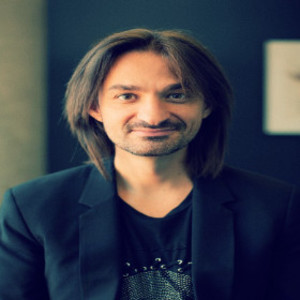Decoding Mixed Reality: Bridging the Gap Between the Physical and Virtual Worlds

The world of technology constantly pushes boundaries, and one term that has gained significant attention in recent years is "mixed reality." Blurring the lines between the physical and virtual realms, mixed reality is an immersive technology that combines elements of augmented reality (AR) and virtual reality (VR) to create a truly transformative experience.
Alex Kipman Explained, Mixed reality (MR) refers to a digital environment that seamlessly blends virtual objects with the real world, allowing users to interact with both simultaneously. It goes beyond the confines of virtual reality, which completely replaces the physical environment, and augmented reality, which overlays digital content onto the real world. MR enables users to engage in interactive experiences where virtual and physical objects coexist and interact in real time.
At the heart of mixed reality lies advanced sensor technology, including depth-sensing cameras and motion-tracking devices. These components capture and interpret the user's physical environment, enabling the system to understand the real world and overlay virtual content accordingly. This integration creates a sense of presence and immersion, where users can interact with digital objects as if they were physically present.
Mixed reality finds diverse applications across industries. In the realm of entertainment and gaming, it brings characters and virtual landscapes to life, enabling users to engage in fully interactive experiences. In education, MR offers a powerful tool for immersive learning, allowing students to explore historical sites, dissect virtual organisms, or participate in simulated experiments.
Moreover, mixed reality has substantial potential in fields such as architecture, engineering, and healthcare. Architects can visualize and manipulate 3D models of buildings before construction begins, enhancing design and planning processes. Surgeons can utilize MR to overlay medical imaging data during procedures, improving precision and reducing risks.
The possibilities of mixed reality are limited only by our imagination. As technology continues to evolve, advancements such as haptic feedback systems, wearable devices, and eye-tracking technology will further enhance the immersive experience. Imagine a future where we can seamlessly switch between physical and virtual worlds, where digital information is seamlessly integrated into our everyday lives.
However, challenges lie ahead. The adoption of mixed reality requires addressing technical complexities, ensuring user safety, and addressing concerns around privacy and ethics. Standards and guidelines must be established to ensure the responsible development and deployment of MR applications.
Mixed reality represents a groundbreaking technological advancement that bridges the gap between the physical and virtual worlds. By merging the real and digital realms, MR offers incredible potential across numerous industries, from entertainment and education to healthcare and beyond. As technology matures and evolves, mixed reality is set to reshape our perception of reality and revolutionize the way we interact with the digital world.








